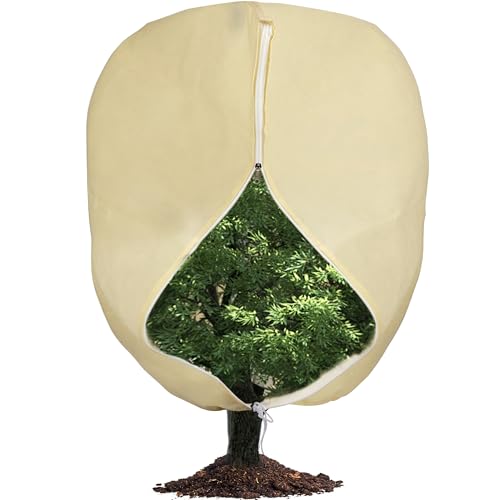What to do with hibiscus in the fall – expert advice to prepare for the winter months
How to care for these flowering shrubs to prepare them for the coldest time of year

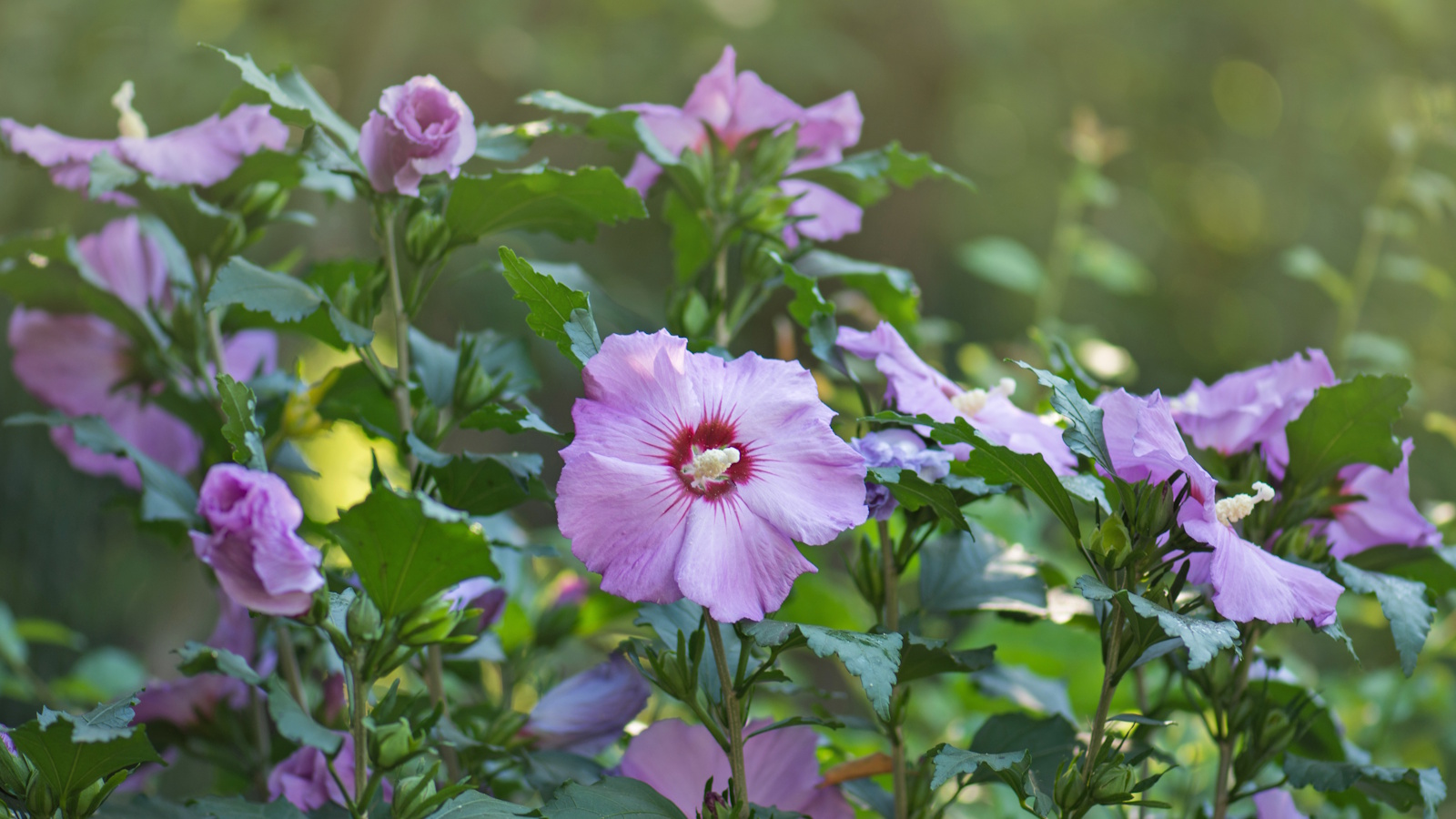
If you enjoy having plenty of color in your garden borders, then chances are you might have a hibiscus or two as part of your plant collection. From early summer, hibiscus shrubs produce masses of tropical-looking blooms, and with hundreds of hibiscus varieties to choose from, you will be sure to find one to match your plant and color preferences.
When it comes to growing hibiscus, these shrubs are not overly complicated or demanding. In mild regions, hibiscus shrubs can continue flowering until mid-fall, helping to maintain interest and color in the backyard until the first frost. However, there are specific rules to follow as the seasons change and the days get shorter.
Whether you grow a native, hardy hibiscus, or a tropical, tender species, taking the time to care for and protect your shrubs in fall will ensure that your plants bloom better than ever next year. So, if you are wondering what to do with hibiscus in the fall, our comprehensive guide has all the information you need to know.
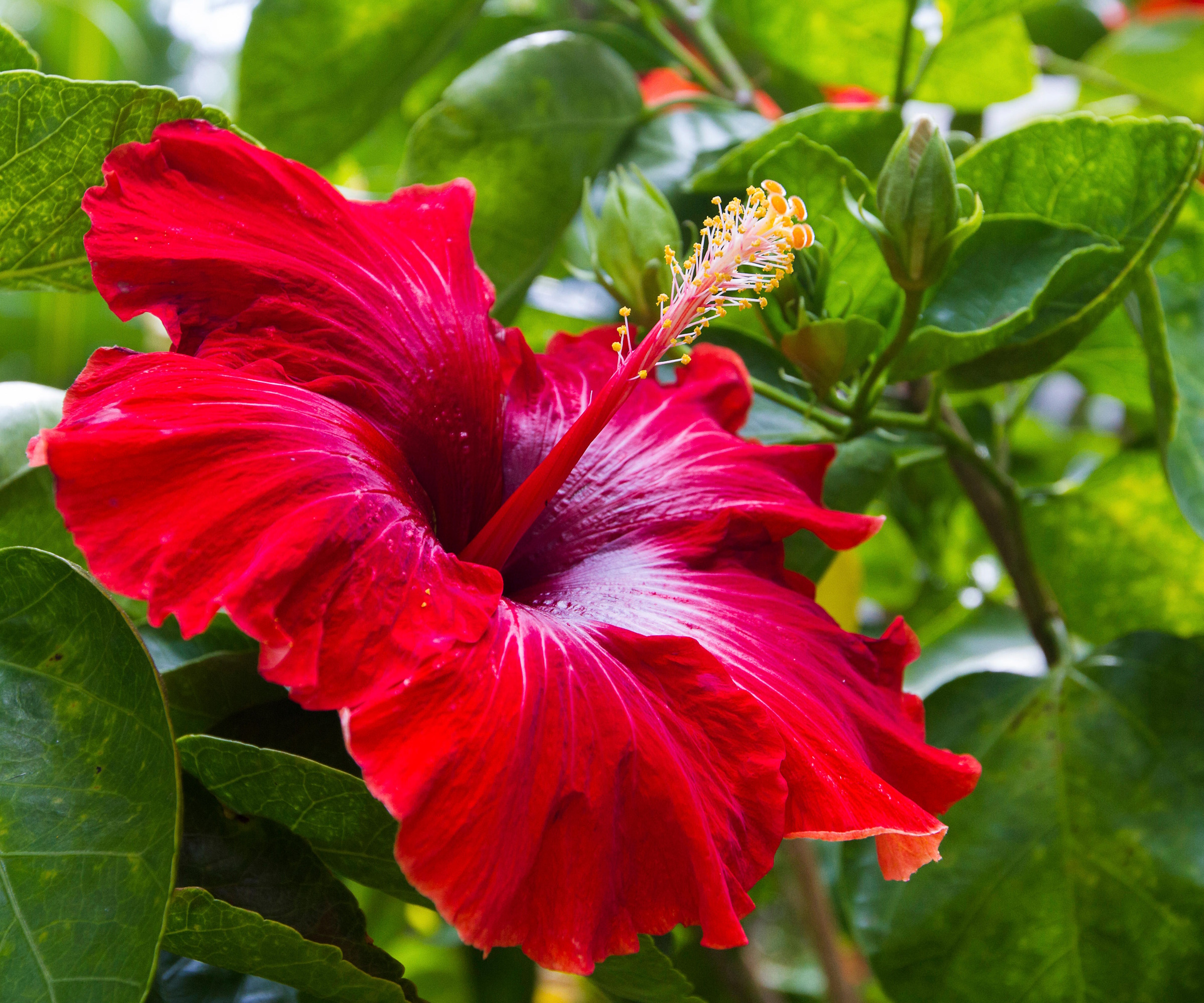
What to do with hibiscus in the fall
Often considered some of the best flowering shrubs, hibiscus are unrivaled for their colorful and impactful blooms. As gardeners, we all want to get the most out of our favorite plants, so learning what to do with hibiscus in the fall is important. While the weather can still be mild and your plant may still have flowers, there are some hibiscus-related jobs to add to your fall gardening checklist.
1. Tidy and prune hibiscus shrubs
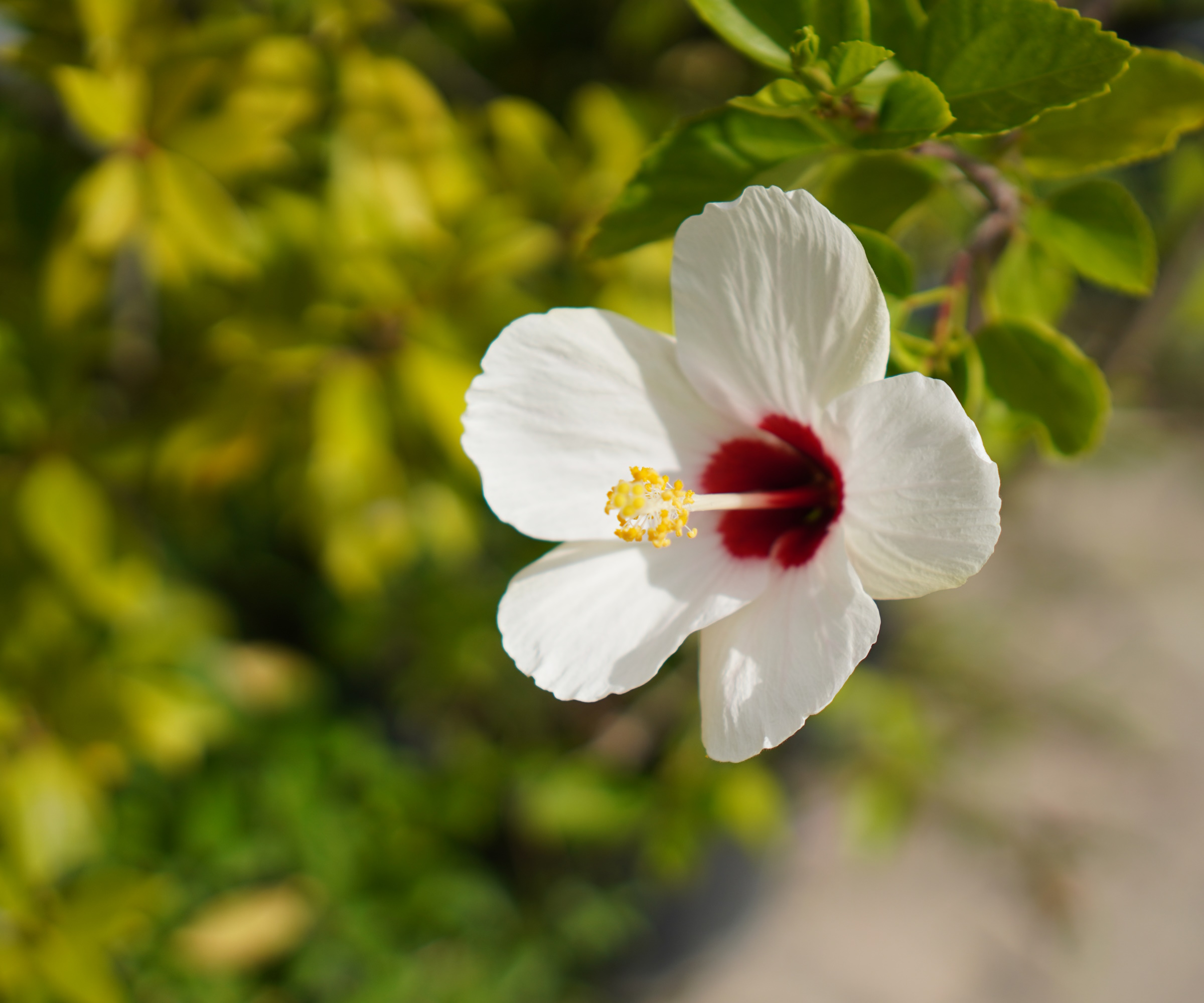
During fall, pruning and cutting back becomes an essential gardening task. There are many plants to prune in October and November, and timely pruning is often important. However, not all hibiscus plants should be pruned in the fall, and this will depend on the hibiscus varieties that you grow.
'Learning how to prune hibiscus will differ depending on the type and species you grow,' says Tatiana Anderson, plant expert and co-founder of Top Tropicals. 'Pruning correctly will result in bushier and fuller growth.'
For hardy, native hibiscus shrubs, such as the popular swamp mallow, Hibiscus moscheutos, it is 'best to prune in the fall once they have lost their leaves,' Tatiana adds, 'typically doing so after the first frost.' For these specimens, do not be afraid to cut back to three to five inches above the ground, as these plants will quickly reshoot and grow in the spring.
Design expertise in your inbox – from inspiring decorating ideas and beautiful celebrity homes to practical gardening advice and shopping round-ups.
'When considering tropical hibiscus shrubs, you should never prune in fall. Instead, opt to prune your tropical specimens in the spring after the risk of frost has passed.' This means that whether indoors in cooler zones or outdoors in warmer zones, you can enjoy the hibiscus foliage for a little while longer before giving your plants a trim.
When pruning, always use clean, sharp tools, such as these Fiskars snips, available from Amazon.

Tatiana Anderson is the co-owner and co-founder of Top Tropicals, based in Fort Myers, Florida. Top Tropicals grow and sell a whole range of flowering and fruiting tropical plants.
2. Protect tropical hibiscus
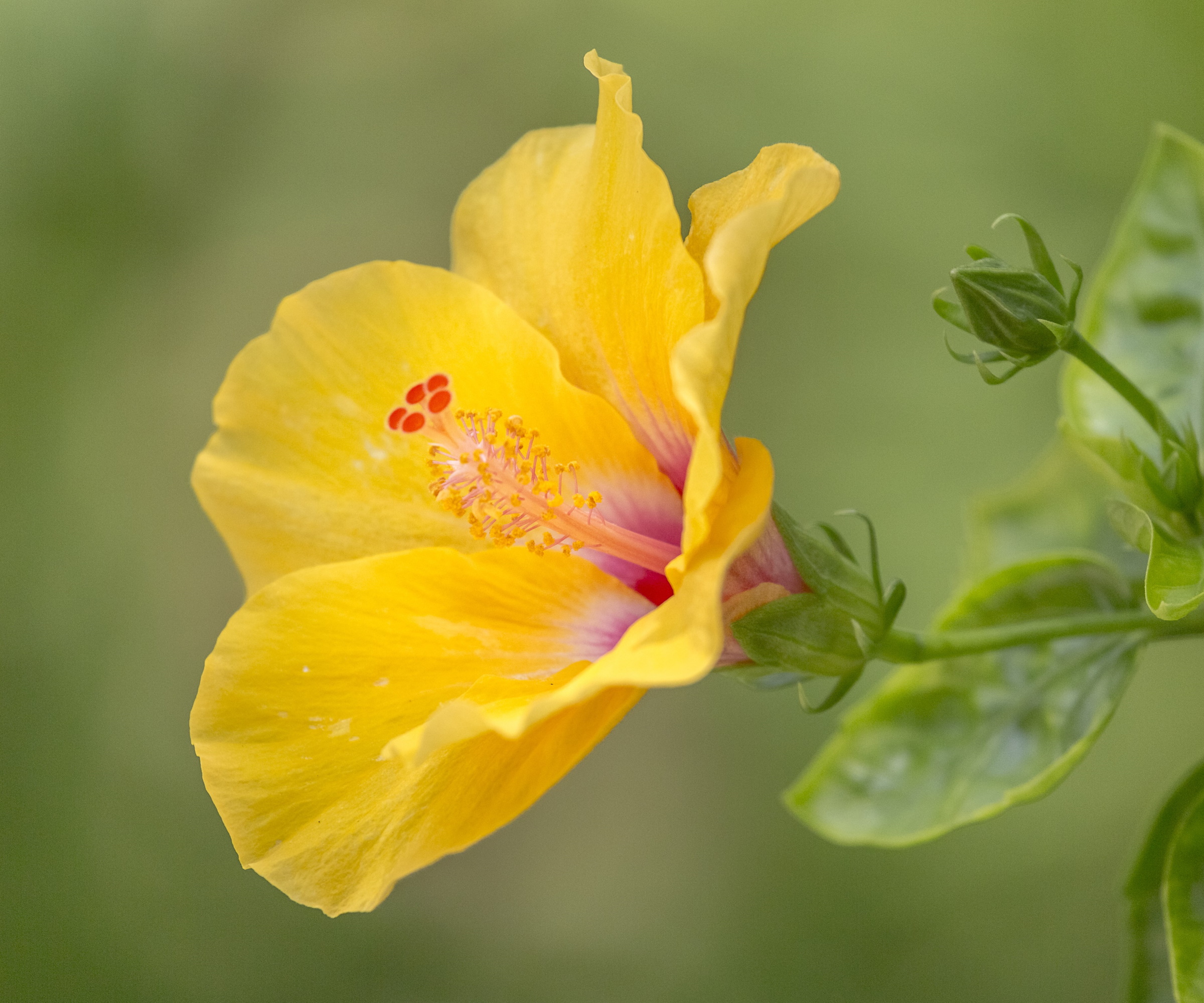
Hardy hibiscus species do not need any protection in the fall or winter months. Swamp mallow, for example, grows happily in US hardiness zone 5, tolerating winter temperatures down to -20°F/-29°C.
Tropical hibiscus species are tender, however, meaning they do need protection during the cold months. So, if you grow Hibiscus rosa-sinensis, with its remarkable yellow, peach, pink or red blooms, fall is the right time to winterize your hibiscus and keep it safe from temperature drops or frosty weather.
'Tropical varieties are suited to US hardiness zone 9 to zone 11,' says Tricia Hunt, plant expert and owner of Millstone Nursery. 'If you grow a tropical variety in a cooler zone than this, your best bet is to move the plant indoors during the colder months.'
As Tricia says, tender tropical hibiscus varieties must be protected for fall and winter. Cold weather and frost can cause irreparable damage to your plants, so taking some time to move plants indoors where they are safe from the cold is crucial. When the evening temperature drops to 50°F/10°C in fall, this is the moment to bring containers to the shelter of a greenhouse or garage.
If your tropical hibiscus is planted in the ground, your only option in cooler, northerly zones, is to cover it with frost protection during the fall and winter months. While this can look a little unsightly, frost sheets can help to protect plants through the winter. Plant frost protection kits are available from Walmart.

Tricia is the owner and operator of Millstone Market & Nursery, located in the heart of Germantown, Tennessee. Her sweet, Southern-instilled attention to customer service has grown her one-of-a-kind garden center into a destination.
3. Mulch your hibiscus shrubs
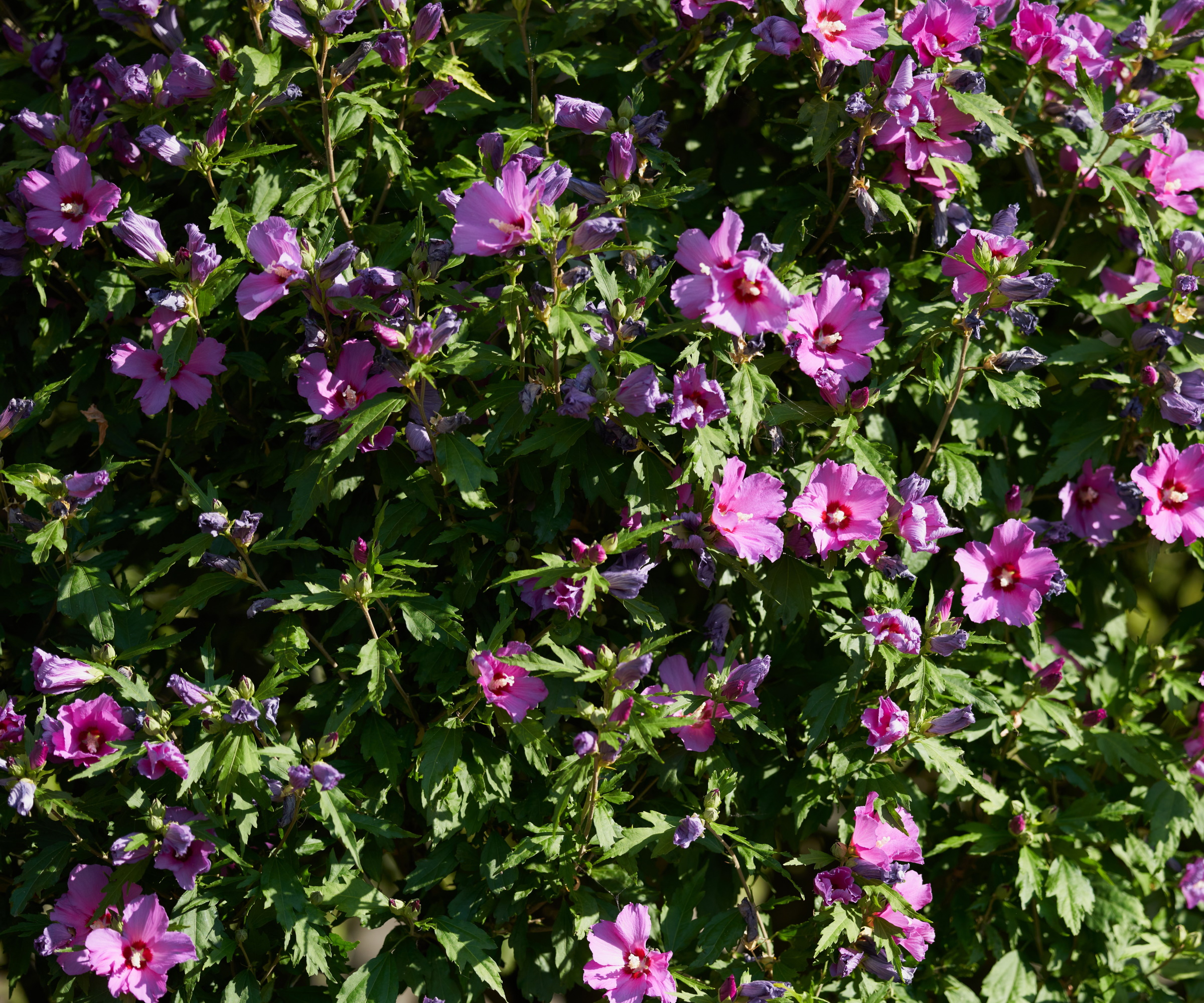
Mulching your hibiscus shrubs is an important task during fall. Whether grown in pots or the ground, applying a generous layer of mulch can help protect the roots during the cold months ahead. What's more, mulching will help your plants retain moisture, which is helpful for those growing tropical species in equatorial regions, as this will reduce the need to water so frequently during the summer months.
Use a good quality mulch purchased from your local garden store or buy a suitable mulch online, such as this pine mulch, available to order from Amazon. For the best results, apply a thick layer of one to two inches of mulch around the base of your plant.
If your hibiscus is grown in pots, gently scrape and loosen the top of the soil, removing what you can with your hands. This should help to make some space in the container to then apply a small layer of mulch, which will feed the plant as well as provide some insulation during all and winter.
FAQs
Can I lift a tropical hibiscus and bring it indoors for fall and winter?
Yes, you can lift a tender, tropical hibiscus plant in the fall and replant it. The best time to do this is after your tropical hibiscus has finished flowering, usually around September time, but this will vary depending on the species you grow and where you reside.
Work slowly and carefully, using a garden fork or spade to gently tease the soil, eventually loosening enough of the ground to wiggle your hibiscus plant free. You can then move the pot indoors where it will be safe from frost and snow. Give your hibiscus a deep watering after moving it to its new home, and remember to water every few weeks during the fall and winter months.
Before the cold weather comes, be sure to inspect your hibiscus shrubs for any seeds. Learning how to harvest hibiscus seeds is relatively simple, so long as you have left faded flower stems on the plant and stopped deadheading towards the end of summer. Using a bucket, carefully shake the seed pods and capture any dark brown or black seeds. Store these seeds in an envelope or jar in a cool, dark room, ready to be sown next year.

Thomas is a Content Editor within the Gardens Team at Homes and Gardens. He has worked as a professional gardener for both public spaces and private estates, specializing in productive gardening, growing food and flowers. Trained in Horticulture at the Garden Museum, he has written on gardening and garden history for various publications, including The English Garden, Gardens Illustrated, Hortus, The London Gardener and Bloom. He has co-authored a Lonely Planet travel book, The Tree Atlas, due out in 2024.
